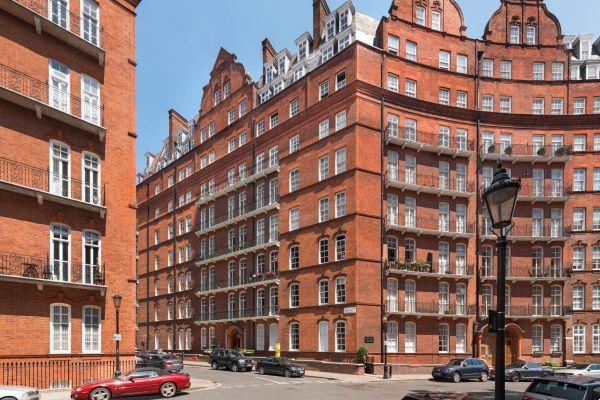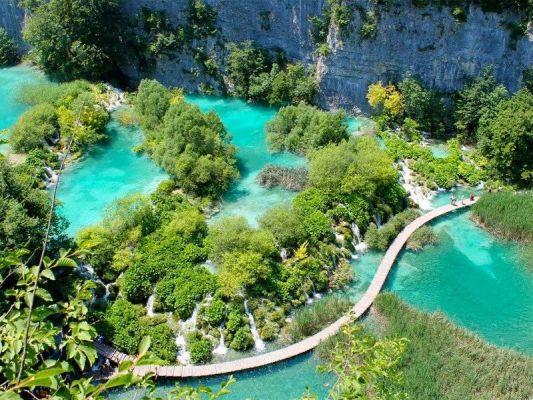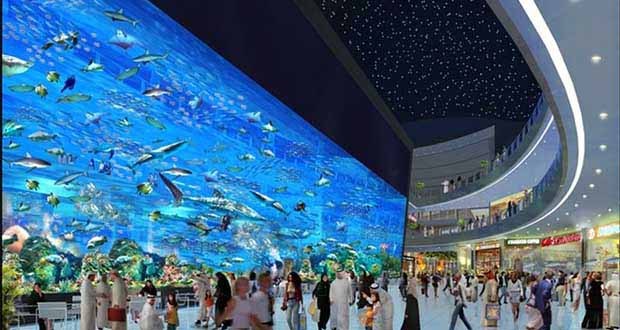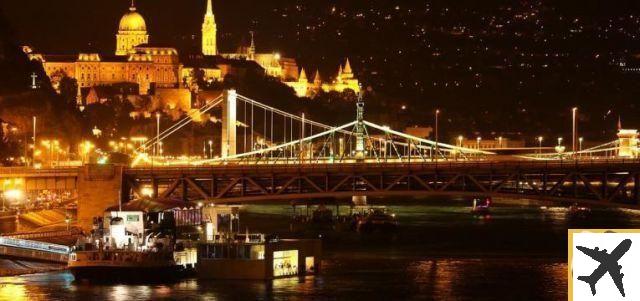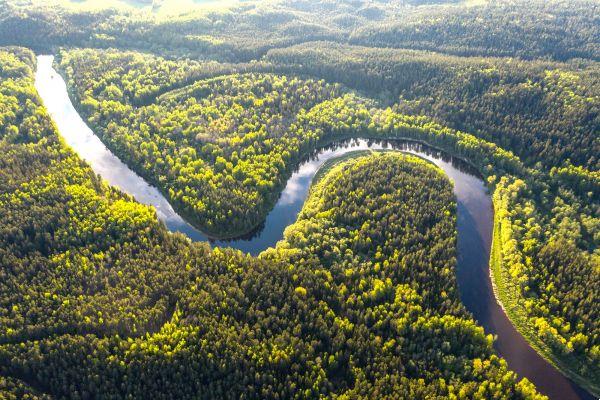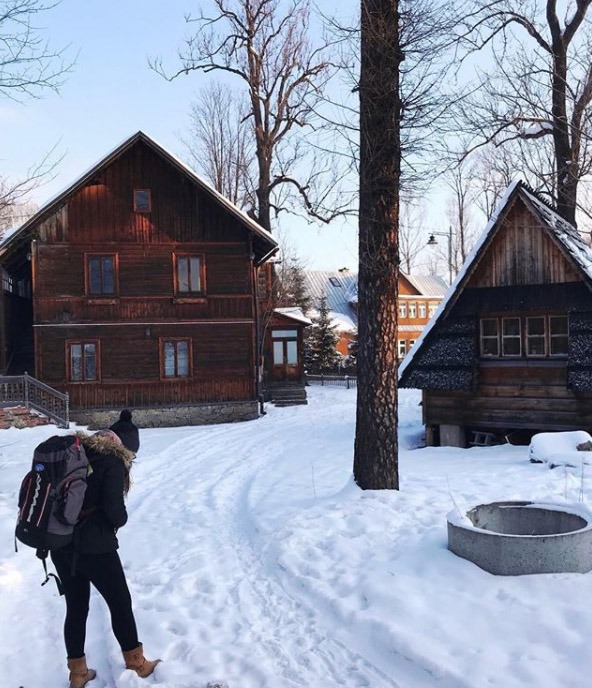
In time to enjoy summer days in the middle of nature, savoring its tranquility or taking part in outdoor activities, Musement shares the 30 most popular parks and natural attractions in Europe. In Portugal alone, three stand out: Cabo da Roca, Sintra-Cascais Natural Park and Eduardo VII Park.
The online platform for booking leisure and cultural activities in the most iconic destinations brings together urban gardens, parks and natural attractions of interest across Europe. In this biodiversity, one discovers the beauty of countless green areas that become attractive tourist destinations. “What are the most popular natural attractions in Europe?”. It is based on this question that Musement went looking for the 30 most evaluated outdoor attractions in all European countries, and here we describe the first ten.


1- Retiro Park
In first place comes Parque Retiro, in Madrid (Spain), with more than 150 reviews leading the ranking table. Initially, this huge green area belonged to the Spanish monarchy, however, since the end of the 125th century, the park opened its doors to the public. It is now a true verdant oasis covering 15 hectares, with more than XNUMX trees. Nature lovers can stroll through the huge gardens, such as the Parterre or the Rosaleda, while culture lovers will love the exhibitions found in the Crystal Palace.
2- Park Güell
Still in Spain, the second place in the table highlights the Park Güell, in Barcelona, which is part of the UNESCO World Heritage list along with six other works by Gaudí.
3 - Hyde Park
We move on to London, in the United Kingdom, with the highlight of Hyde Park occupying the third place in the ranking, with an area of more than 140 green hectares that share the place with several statues and fountains scattered throughout the garden. Hyde Park once hosted numerous political speeches, debates and public demonstrations by historical personalities such as George Orwell and Karl Marx, among many others.
4 - Luxembourg Garden and 5 - Tuileries Garden
Two gardens follow, both in Paris, which are considered to be among the most beautiful green spaces in Europe. They are the Luxembourg Gardens and the Tuileries Gardens. The first came to complement the area occupied by the Luxembourg Palace, most of which are now open to the public, who can stroll through the rose garden, admire the collection of orchids in the greenhouse and appreciate the hundreds of statues that appear during the visit. The second garden, located between the Louvre Museum and the Palais de la Concorde, is a place that receives many tourists and Parisian citizens on a daily basis.

6 - Prater
Sixth place is occupied by the huge public park Prater, in Vienna (Austria), very popular for those looking for fun but also tranquility, especially in the wooded area of the Green Prater.
7 - Habsburg amusement park
In the same place is the Habsburg amusement park which is one of the most popular attractions.
8 - Plitvice Lakes National Park
Then comes the Plitvice Lakes National Park, in Croatia, which brings together an area of green paths that connect different lakes. It is also one of the natural parks to be included in the UNESCO World Heritage list since 1979.
9 - Bath Parque
In Poland, the Łazienk Park stands out, designed in the Baroque style and which is now the largest in Warsaw. In addition to the botanical wealth, the park is also known for housing historic buildings, such as the Palace of the Island and the White House.
10 - Parque Sempione
Italy also has a series of unmistakable natural attractions, including the Villa Borghese in Rome, which perfectly blends art and nature, and the Sempione Park in Milan, a true urban oasis that extends over 40 hectares. .
The first ten attractions on the list are gathered, which can be known in full here. In this European selection, three Portuguese attractions appear: Cabo da Roca, which is 150 meters from the sea and with a comprehensive view over the Serra de Sintra, the Sintra-Cascais Natural Park, a vast area of cliffs, cliffs and beaches in a seafront that impresses with its vigor, and Parque Eduardo VII, located at the top of Praça Marquês de Pombal, in Lisbon, which comprises an area of twenty-five hectares.











